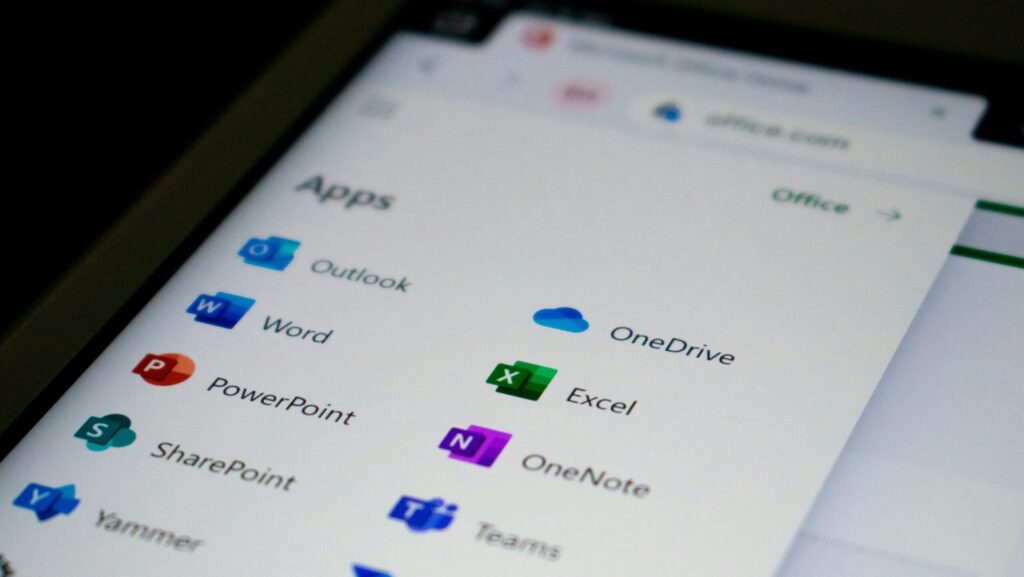
Whether you’re a project manager, consultant, or contractor in the engineering and construction industry, you’ve likely felt the pain of misaligned expectations, budget overruns, or missed deadlines. In most cases, these challenges can be traced back to one document — or the lack of one: the Scope of Work (SoW).
A well-crafted Scope of Work is the backbone of any successful project. It creates clarity, builds accountability, and minimizes costly misunderstandings. Yet, too often, teams rush through this step, using vague wording or copy-pasting from old documents that don’t quite fit the new context.
At EngiFinance, we’ve built our Scope of Work template from the ground up to help professionals in the engineering and construction space write smarter, faster, and with more confidence. Below, we’ll walk you through some of the best practices for writing an effective SoW — using the structure of our proven template.
1. Start With a Clear Project Overview
The first section should set the stage. Your reader may not know the background of the project, so provide:
- A short introduction
- Purpose and high-level goals
- Relevant context and location of work
Think of this as the “why” behind the project. Avoid technical jargon here — keep it accessible for both technical and non-technical stakeholders.
2. Define the Scope — What’s In and What’s Out
This is where precision matters most.
Use detailed, task-oriented language to describe:
- What exactly is being done
- What’s not included (equally important!)
- Major deliverables and project milestones
This section is often the most referred to, so clarity here reduces scope creep and protects all parties.
3. Lock In the Schedule and Battery Limits
Deadlines are only useful when paired with context.
In this section:
- Outline key dates and dependencies
- Define “battery limits” — what falls within the contractor’s control and what does not
This helps the client and the team understand where responsibilities begin and end.
4. Document Assumptions Thoughtfully
All projects involve assumptions — whether it’s weather conditions, material availability, or access to the site.
Be upfront:
- List key assumptions made during planning
- Highlight anything that could shift timelines or costs if proven incorrect
This section isn’t about being pessimistic. It’s about being prepared.
5. Specify Acceptance Criteria
Construction work isn’t subjective — but approval can be.
Avoid disputes by:
- Listing applicable standards (e.g., ISO, CSA, ASME)
- Including testing, inspection, and quality assurance procedures
This helps everyone align on what “done” means.
6. Clarify Materials and Equipment Responsibilities
Who brings what?
- This section should outline:
- What’s supplied by the contractor
- What’s provided by the owner or client
- Any specific equipment or material specifications
Too often, this gets lost in the shuffle, only to cause expensive delays later.
7. Include Health, Safety, and Environmental Requirements
This is non-negotiable in any type of project.
Cover:
- Relevant safety regulations or codes
- Site-specific requirements
- PPE standards, environmental controls, and incident protocols
- Even if your team knows the rules, putting them in writing sets the tone for accountability.
8. Don’t Forget the Appendices
Finally, attach supporting materials:
- Drawings
- Photos
- Additional technical data or references
Well-organized appendices reduce clutter in the main document while still providing essential detail.
Final Thoughts
Writing a solid Scope of Work is about more than filling in blanks — it’s about protecting your project, your team, and your bottom line. When done right, it becomes a trusted point of reference that everyone uses, not just a document that collects dust.
That’s exactly why we created the EngiFinance Scope of Work Template — tailored for professionals who want a clean, professional, and effective structure to work from. It’s fully customizable and built on the very best practices outlined above.
Don’t Have the Time or Resources to Draft It Yourself?
At EngiFinance, we understand that many professionals are stretched thin — especially in engineering and construction, where technical detail and stakeholder alignment are critical. If you need more than a template, we offer a done-for-you Scope of Work drafting service.
We’ll work with you to:
- Understand your project’s unique needs
- Draft a clear, detailed, and professional SoW tailored to your industry
- Apply your branding and formatting for internal or client-facing use
Whether it’s a one-off or a recurring need, we’ll help you present your project scope with confidence and clarity.

